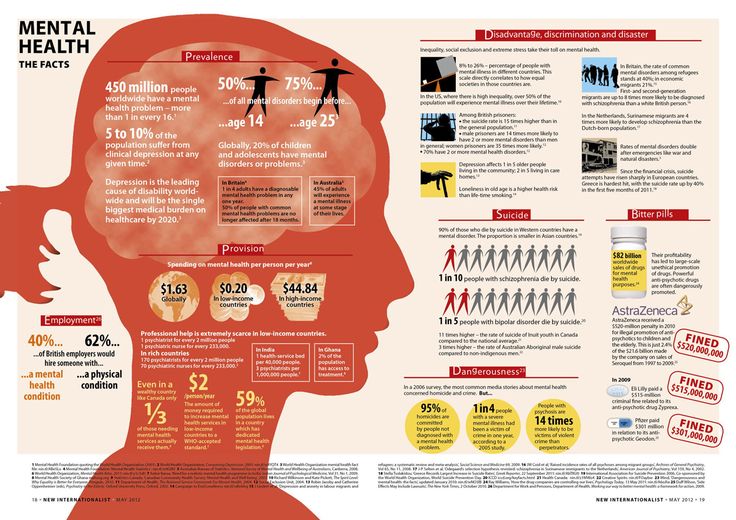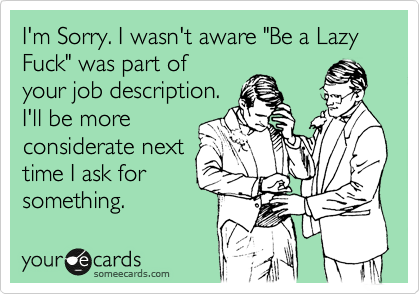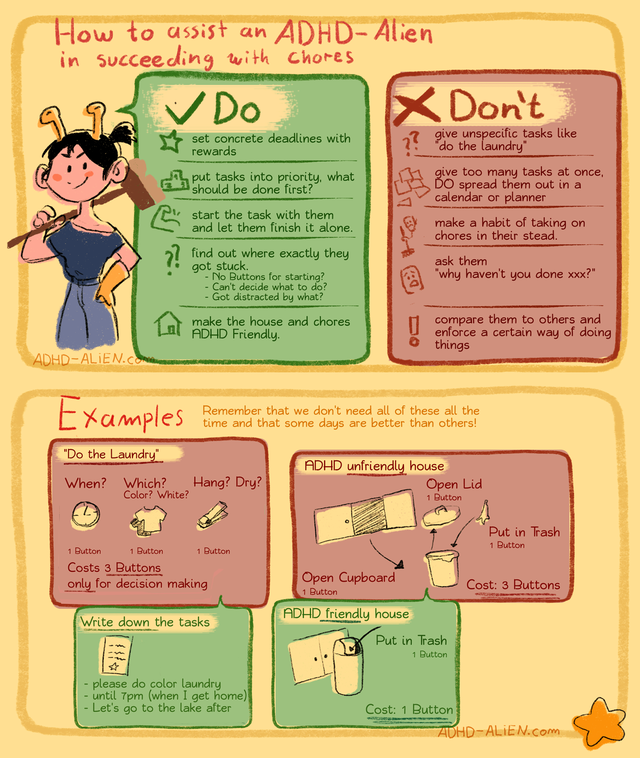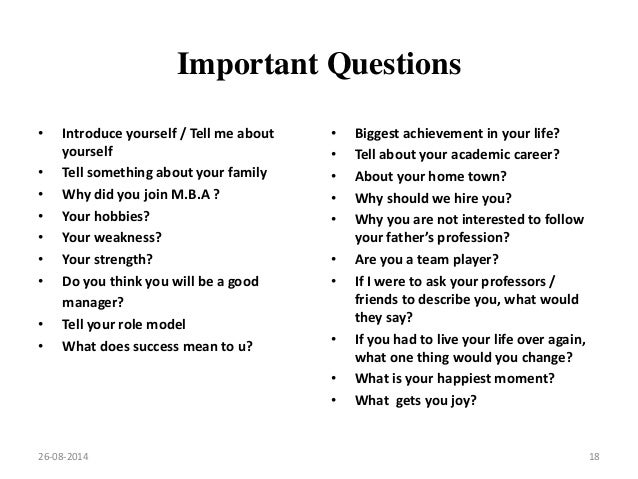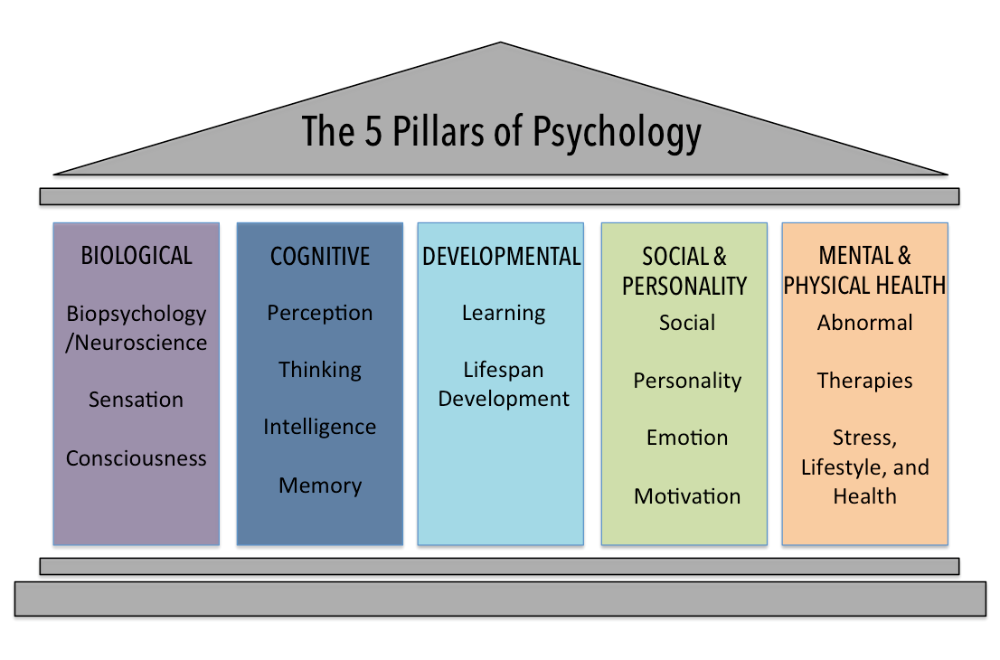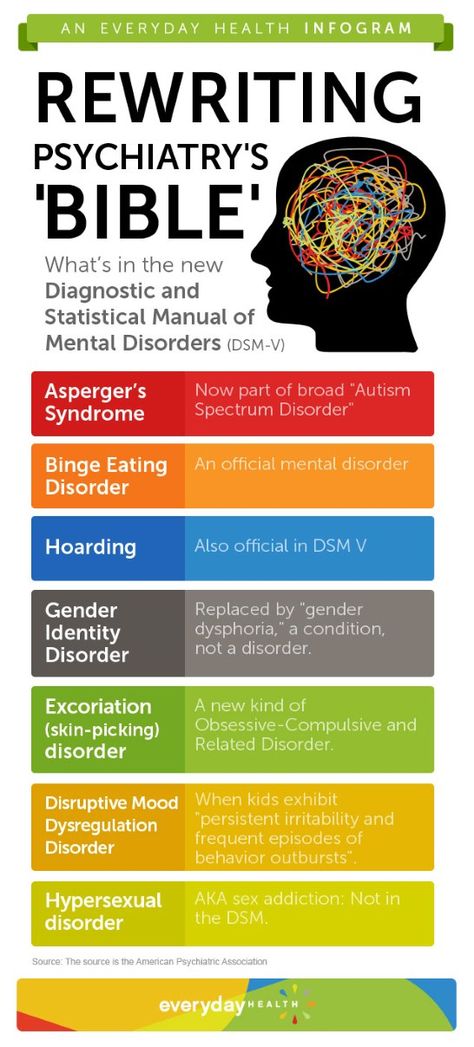Too much crying
Crying Too Much?
We all feel a range of emotions sometimes—it’s healthy and natural. But if you’ve been crying more lately, or are concerned that you are tearful too often, learn more about what your weeping may mean.
Why Do People Cry?
From birth, we know how to instinctively cry. Even though they can’t produce true tears until three or four months of age, babies cry when they’re wet, cold, hungry, sleepy and -- as a new parent can attest—for a variety of reasons we can’t always identify.
As we get older, we tend to cry when we’re hurt or feel a strong emotion such as sadness, anger or even happiness. Cultural norms begin to dictate “rules” of crying. Boys are often cautioned not to cry, and as children get older, they may be reminded that crying is for babies. (One study found that there was no gender gap in the frequency of crying between boys and girls until age 12, when boys begin to cry less.)
The truth is, scientists don’t know exactly why people cry. Biologically, the body produces three types of tears. Basal tears lubricate and nourish the eye, keeping it moist. Reflex tears protect the eye from becoming irritated, such as when we cut an onion. Emotional tears are ones we shed that are tied to feelings. Some studies suggest emotional or psychic tears, which only humans shed, contain more protein than the other types of tears.
If you find yourself crying and feeling sadder than usual, or feeling sadder more often to the point that it is affecting your day-to-day activities, your tears may be a symptom of depression or anxiety.
How Much Crying Is Too Much?
No guidelines exist that determine how much people should or should not cry. Studies indicate that women tend to shed more emotional tears than men. One study found that women cried an average of 5.3 times per month while men cried 1.4 times during the same period.
While it’s good to know there is no universal standard on how much you should cry, you may still have legitimate concerns about how often you tear up.
If you find yourself crying and feeling sadder than usual, or feeling sadder more often to the point that it is affecting your day-to-day activities, your tears may be a symptom of depression or anxiety.
If you laugh or cry uncontrollably, suddenly and frequently—even when you’re not feeling emotional, this may be a symptom of a condition called PseudoBulbar Affect (PBA), which may be a sign of a neurologic condition or traumatic brain injury.
Managing Tears
Even understanding that tears are often a natural response, there are still some times you may not want to shed them. Whether the tears are in response to sadness, fear or anger, here are ways to get through the moment:
- Take slow, deep breaths to relax.
- Go for a walk or step away from an upsetting situation.
- Relax your facial muscles.
- Use your words to communicate how you’re feeling.
- Distract yourself by looking at an object, squeezing a stress ball or blinking your eyes.

If you think your crying may be related to depression or anxiety, or is uncontrollable and not consistent with how you feel, talk to your doctor. Otherwise, consider embracing crying just as you would embrace laughing or any other outward show of emotion.
We Build Relationships
We believe that maintaining a healthy lifestyle is the key to living a longer, healthier life. Orlando Health Physicians strive to build a relationship with each patient. Request an appointment with one of our primary care physicians with offices located throughout Central Florida.
Schedule an Appointment
Why We Cry and When to Seek Help
There are no guidelines for how much crying is too much. Conditions like depression or pseudobulbar affect may cause you to cry more frequently. Crying is natural and may help you feel better.
Overview
Some people cry while reading a sad book or watching videos of baby animals. Others cry only at funerals. And for certain people, the mere hint of anything that arouses emotions can cause tears to flow.
Others cry only at funerals. And for certain people, the mere hint of anything that arouses emotions can cause tears to flow.
If you’ve ever had tears well up in a meeting or wept out loud in a movie theatre, you may have wondered if it’s normal. Is there such a thing as crying too often or too much?
There are no guidelines for how much crying is too much. A study in the 1980s found that women cry an average of 5.3 times per month and men cry an average of 1.3 times per month. A newer study found that the average duration for a crying session was eight minutes.
If you’re concerned that you’re crying too much, if you can’t seem to stop crying, or have started crying more than usual, talk to your doctor. It may be a sign of depression or another mood disorder.
There are a lot of reasons, besides having an immediate emotional response, why you may cry more than normal. Tearfulness is frequently associated with depression and anxiety. People often experience the two conditions at the same time. Certain neurological conditions can also make you cry or laugh uncontrollably.
Certain neurological conditions can also make you cry or laugh uncontrollably.
Depression
Depression is a mood disorder in which you have persistent feelings of sadness that last more than a few weeks. Activities you once found pleasurable may no longer interest you. Symptoms of depression may include:
- sadness and gloominess
- feelings of hopelessness or worthlessness
- low energy
- difficulty concentrating
Your crying may be related to depression if you:
- cry over small things or have trouble identifying why you’re crying
- cry much more than normal
- have trouble stopping your tears
Excessive crying is more likely to happen if your depression is milder. People with severe depression often have trouble crying or expressing other emotions.
Anxiety
We all have times when we’re nervous and anxious. With anxiety disorder, though, you experience worry and nervousness more often, maybe even on a daily basis. Symptoms often include:
Symptoms often include:
- edginess or irritability
- excessive worry
- muscle tension
- fatigue
- difficulty focusing or concentrating
- trouble sleeping
Pseudobulbar affect
Sudden uncontrollable crying, laughing, or feeling anger can be a symptom of a condition called pseudobulbar affect (PBA). PBA is an involuntary neurological state related to an injury or disturbance in parts of your brain that control your emotions.
Sometimes called emotional incontinence, the uncontrolled emotions associated with PBA often don’t match how you feel or what you’re experiencing. Because the symptoms are similar, PBA may be misdiagnosed as depression. PBA often occurs in people who have:
- history of stroke
- Parkinson’s disease
- Alzheimer’s disease
- dementia
- amyotrophic lateral sclerosis (ALS), also known as Lou Gehrig’s disease
- multiple sclerosis (MS)
Gender and personality
Studies indicate that, on average, women cry more often than men. One possible reason for this is that testosterone may inhibit crying. Cultural norms may also account for some of the differences in crying among men and women.
One possible reason for this is that testosterone may inhibit crying. Cultural norms may also account for some of the differences in crying among men and women.
Besides a difference between sexes, people who are empathetic and concerned about the well-being of others may cry more than people who are less empathetic. People who are anxious, insecure, or obsessive, cry more and for longer periods of time than other people.
Glands located above your eyes produce most of your tears. They’re called lachrymal glands. The word lachrymal means tear. Every time you blink, tears flow to your eyes from ducts attached to your lachrymal glands. This keeps the surface of your eyes lubricated and protects them from substances like dust, smoke, or onion gasses. Tears also drain into your nose.
Tears are made up of:
- water
- salt
- protective antibodies
- enzymes
The chemistry of tears caused by emotion, sometimes called psychic tears, is different than that of tears that moisten and protect your eyes. Psychic tears contain more of the protein-based hormones your body produces under stress.
Psychic tears contain more of the protein-based hormones your body produces under stress.
There’s limited research on the science and psychology of crying. Some researchers believe crying is a way your body gets rid of stress-related hormones. Other studies show tears may trigger the release of endorphins. Endorphins are hormones that make you feel good and reduce pain.
A recent focus of research is the response people have to the chemical content of tears. Studies have shown, for example, that men are less aggressive and less sexually aroused when smelling women’s psychic tears.
Crying doesn’t necessarily make you feel better. In one study, only about 30 percent of participants said crying made their mood improve. Crying is more likely to make you feel better if:
- you have the emotional support of a friend
- you’re crying because of a positive experience
- it enables you to understand your emotions better
- it helps you resolve an issue or problem
If you have symptoms of depression or anxiety, or emotional responses that don’t feel right, don’t try to tough it out alone. Mood disorders can have a negative impact on every part of your life. This includes your relationships, work, or school. They also make you more vulnerable to physical illnesses.
Mood disorders can have a negative impact on every part of your life. This includes your relationships, work, or school. They also make you more vulnerable to physical illnesses.
Talk with your doctor about what you’re experiencing. Your doctor may refer you to a psychiatrist or therapist who specializes in working with people who have mood disorders.
Approximately 80 percent of people with depression improve significantly with treatment. Treatment for depression and anxiety can include psychotherapy (talk therapy) and medications. Self-care is important, too. Many people find relaxation techniques, meditation, mindfulness, and exercise helpful.
Therapy and medications can also alleviate the effects of PBA. Some people with PBA see an improvement after taking a drug called dextromethorphan hydrobromide and quinidine sulfate (Nuedexta). Nuedexta was developed just for PBA, and it’s the only drug that’s approved by the Food and Drug Administration (FDA) to treat the condition.
Antidepressants may also be prescribed for PBA. However, the FDA hasn’t approved the use of antidepressants as a PBA treatment. When a drug is used to treat a condition other than the ones it’s FDA-approved for, then that’s considered off-label drug use.
Some people cry more than others. Women tend to cry more than men, even in cultures where it’s acceptable for males to cry. Crying more than is normal for you may be a symptom of depression or a neurological disorder.
If you’re concerned about the amount you’re crying, talk to your doctor.
There’s nothing wrong with crying, but if you want to try to manage your tears, there are some things you can try:
- Focus on taking slow, deep breaths. Breathe in through your nose and out through your mouth. This may help you relax, which could also stop the flow of tears.
- Relax your facial muscles so your expression is neutral.
- Think about something repetitious, like a poem, a song, or nursery rhyme you’ve memorized.

- Take a walk or find another way to temporarily remove yourself from a stressful or upsetting situation.
Suicide prevention
- If you think someone is at immediate risk of self-harm or hurting another person:
- • Call 911 or your local emergency number.
- • Stay with the person until help arrives.
- • Remove any guns, knives, medications, or other things that may cause harm.
- • Listen, but don’t judge, argue, threaten, or yell.
- If you or someone you know is considering suicide, get help from a crisis or suicide prevention hotline. Try the National Suicide Prevention Lifeline at 800-273-8255.
Why you constantly want to cry for no reason
December 3, 2020 Likbez Health
Tears appear not only from strong emotions. Sometimes this is a sign of illness.
What is crying
In the corners of the eyes are small glands that produce a clear liquid with dissolved proteins and salts, necessary for nourishing, moisturizing and cleansing the cornea. These are tears, they are reflexively released under the influence of signals from the autonomic nervous system. But sometimes emotions get in the way.
These are tears, they are reflexively released under the influence of signals from the autonomic nervous system. But sometimes emotions get in the way.
Humans are the only creatures on earth that are capable of crying under the influence of feelings. Tears can come from a touching movie, music, important life events, or out of sympathy. Crying causes both positive and negative emotions.
Scientists are still investigating the mental and nervous processes that underlie the appearance of emotional tears. It is believed that crying is associated with temperament and upbringing, personality traits and gender, as well as the release of the neurotransmitter serotonin and brain hormones: oxytocin, vasopressin and prolactin. These substances are involved in the formation of attachment and social behavior. Therefore, separation, the loss of a loved one leads to sadness and tears.
Also, scientists have found that women cry more often than men. This is associated with the action of testosterone, which inhibits emotional reactions.
Why you always want to cry
Children cry often and are not shy, this is their way to attract attention, demand a coveted toy or influence their parents' decision. Adults rarely allow themselves to cry in the presence of other people, but sometimes pain, resentment, empathy, fatigue, stress, or, conversely, joy are expressed in this way.
If crying does not appear daily and for nothing, you can ignore it. But imagine a situation where tears are shed due to a broken nail, a small remark from an outsider, or for no apparent reason at all. Perhaps the problem is a lack of vitamin B12, fatigue. But sometimes a constant desire to cry is the influence of various pathological factors that are difficult to eliminate without a doctor.
Psychological factors
Instability of the nervous system appears in people who are in a state of nervous tension for a long time. At the same time, the hormones adrenaline, norepinephrine and cortisol are released, which deplete the body. Crying helps to reduce the release of these substances and reduce the impact of stress on the psyche.
Crying helps to reduce the release of these substances and reduce the impact of stress on the psyche.
Sometimes the desire to constantly cry arises due to a violation of adaptation to the action of various factors. For example, psychological pressure at work, lack of money or a large number of duties to loved ones exhaust the nervous system, irritation and fatigue accumulate. Therefore, for any little reason, tears appear. Such a disorder can last up to 2-3 months and does not always go away without the help of a psychologist.
Psychiatric disorders
A constant desire to cry is associated with mental disorders. Often they have erased symptoms, so it is impossible to make a diagnosis without consulting a psychiatrist. After the examination, the doctor may find one of the following diseases:
- Depression. Patients are in an emotionally depressed state, but sadness and tearfulness can be replaced by aggression, irritability. A person loses all interest in life, favorite hobbies, his mental activity slows down, memory decreases.
 In severe cases, thoughts of suicide or attempts to carry it out appear.
In severe cases, thoughts of suicide or attempts to carry it out appear. - Post-traumatic stress disorder. The condition occurs after a traumatic event, but usually not immediately, but after a few weeks. A person is tormented by nightmares, unpleasant memories, sometimes there are thoughts about his own worthlessness, a feeling of doom. Positive emotions fade. Sometimes this disorder can also lead to suicide.
- Panic disorder. This is a mental illness in which a sudden attack of fear appears, a person loses control over his behavior, feels a loud beating of the heart, feels shortness of breath, trembling, and abdominal cramps. Many of them start crying.
- Dementia. The disease often occurs in old age and leads to a decrease in memory, attention, thinking. A person's emotions are erased, but there is a desire to constantly cry.
Changes in internal organs
Frequent urge to shed tears may be due to hormonal changes or disease and may be accompanied by additional symptoms. For example, in women, tearfulness is associated with premenstrual syndrome, menopause, or pregnancy. These conditions are accompanied by fluctuations in the level of sex hormones, so they can lead to emotional instability.
For example, in women, tearfulness is associated with premenstrual syndrome, menopause, or pregnancy. These conditions are accompanied by fluctuations in the level of sex hormones, so they can lead to emotional instability.
Doctors believe that constant crying also causes endocrine diseases. For example, with hyperthyroidism, Addison's disease, diabetes, there is a tendency to depression and mood swings.
But more often tears for no reason provoke brain pathologies. Sometimes a person has uncontrollable crying, which can be replaced by laughter. This is one of the signs of pseudobulbar affect. Some consider it a mental disorder, but in fact it is caused by diseases of the brain:
- stroke;
- multiple sclerosis;
- consequences of head trauma;
- Alzheimer's disease;
- Parkinson's disease.
How to stop crying for no reason
Some try to cope with bad emotions on their own, try to suppress crying or distract themselves from triggers. You can practice breathing exercises or try a relaxation technique.
You can practice breathing exercises or try a relaxation technique.
If tears continue to appear in the eyes for no reason, a therapist should be consulted. He will prescribe an examination, if necessary, send him to a psychotherapist or psychiatrist.
Treatment will depend on the cause of the crying. With psychological problems, cognitive-behavioral therapy helps, which teaches you to change your thinking and correctly perceive negative situations.
If your crying is due to hormonal, mental or neurological problems, your doctor may prescribe appropriate medications.
Read also 👩⚕️🩺💊
- 13 reasons why you are constantly hungry
- How to understand why you can’t “just calm down”
- 10 unexpected reasons why you feel itchy all the time
- Why you are constantly thirsty
- 12 reasons why you are constantly sleepy
I cry over nothing | PSYCHOLOGIES
227,671
Know Yourself
“Since childhood, I have been embarrassed to cry,” says Elena, 39, decorator. - Once I had to get up and leave in the middle of a classical music concert - I forgot paper napkins. I was embarrassed in front of my son - I could not finish reading a bedtime story to him: the prince marries the princess, and my throat catches. I wanted to be cured of my tearfulness, I turned to psychotherapists. Together we solved many of my problems. But the tears never went away. In the end, I was able to accept them as my feature, the same as height or eye color. I no longer suffer from tears. I just take out my handkerchief and blot my eyes.” Why is this happening?
- Once I had to get up and leave in the middle of a classical music concert - I forgot paper napkins. I was embarrassed in front of my son - I could not finish reading a bedtime story to him: the prince marries the princess, and my throat catches. I wanted to be cured of my tearfulness, I turned to psychotherapists. Together we solved many of my problems. But the tears never went away. In the end, I was able to accept them as my feature, the same as height or eye color. I no longer suffer from tears. I just take out my handkerchief and blot my eyes.” Why is this happening?
I held back too long
“Such “unexpected” tears are not at all unreasonable,” family psychologist Inna Shifanova answers and explains this with an example. “Let's say the management criticized me - and I'm all in tears. But if you think about what else is happening at this moment in my life, it will surely turn out that relationships with loved ones do not add up or I am going through a quarrel with a friend - something greatly upsets me. And the remark of the chief becomes the last straw. We often endure too long, hold back, so as not to show weakness. From this, tension accumulates, which is removed by sudden tears. They seem to set us free. By accepting our weakness and our sadness, we will be able to gather strength again and continue to live.
And the remark of the chief becomes the last straw. We often endure too long, hold back, so as not to show weakness. From this, tension accumulates, which is removed by sudden tears. They seem to set us free. By accepting our weakness and our sadness, we will be able to gather strength again and continue to live.
I remember the losses
“Our unconscious stores everything that we experienced, everything that happened to us in the past,” explains Inna Shifanova. “A random object or combination of sounds, a smell, any detail from the present that consciousness does not even notice can take us back to the past.” If this is a pleasant memory, we feel warmth, joy, if it is painful, we can burst into tears, not understanding what is happening to us.
Tears are a manifestation of our openness, even defenselessness
When we cry without holding back tears, we have a chance to realize what our feelings really refer to. However, this is not always possible without the help of a psychotherapist. Some connections the unconscious hides from us too deeply.
However, this is not always possible without the help of a psychotherapist. Some connections the unconscious hides from us too deeply.
Personal experience
40-year-old Zoya had a dream about a cat. It seemed to be a harmless dream, but she cried all the next day. And then, remembering him, I felt an inexplicable sadness. “Only at a meeting with a psychologist, when we began to analyze associations, I remembered that my mother once had a cat. Mom died a year ago. I was sure that I had already dealt with my grief.” Zoya did not immediately restore this connection - that in fact she was crying about her mother.
I need sympathy
“Tears are also a plea for help,” Inna Shifanova continues. - When the need for support, in sympathy becomes especially acute, we can suddenly cry and thereby attract attention to ourselves. And at the same time, we feel embarrassed because we “were crying like a small child.” This unconscious mechanism really arises in childhood. Loud crying is the only opportunity for the baby to attract the attention of the mother. As adults, we may involuntarily return to this method if we find it difficult to express our needs in words.
Loud crying is the only opportunity for the baby to attract the attention of the mother. As adults, we may involuntarily return to this method if we find it difficult to express our needs in words.
“Men are more used to restraining themselves, but they cry too,” says Inna Shifanova. Tears are a manifestation of our openness, even defenselessness. And so they allow you to establish closer relationships with other people.”
What to do?
Allow yourself to cry
Choose a quiet place for this, where no one will prevent you from being alone with yourself. To admit your weakness and imperfection, to allow yourself to express your feelings, including sadness and grief, this is what it means to live and be yourself.
Increase self-esteem
The first step is to stop criticizing yourself, including for being too sensitive. This is especially important if any remark makes you cry.
Ask for help
Think about it: do I know how to do this or do I try to cope with any adversity on my own? We all sometimes need support, help or just sympathy.
